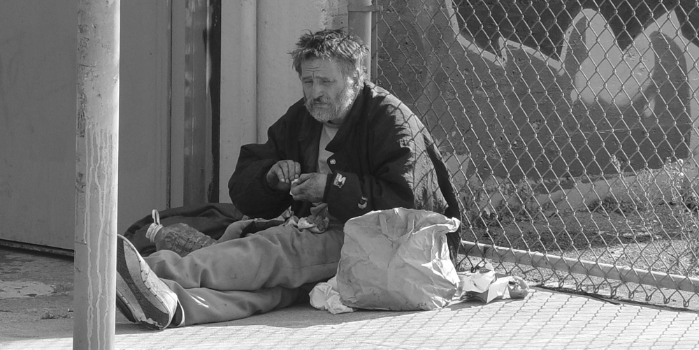In 2001 due to a job change, I moved from Baltimore to San Francisco. It was the Dot.com Boom, and like everyone else who was moving to the City by the Bay, I was desperately hunting for an apartment. Back then, it was common for two dozen people to be competing for the same one-bedroom apartment renting for well over $2,000.
In roaming the city, I walked by a modern, upscale apartment complex by the ballpark. It was the perfect place to live. When I saw someone leave the complex, I asked where could I find the rental office. He looked at me a bit puzzled, then told me that it was the Delancey Street Foundation and that the complex was not rentable to the public. Later, I learned more about Delancey Street.
Called a “masterpiece of social design” by Pulitzer Prize-winning architectural critic Allan Temko, the four-story Delancey Street complex covers an entire city block, and includes retail stores, a popular restaurant, an outdoor café, and bookstore. For more than 40 years, Delancey Street has been taking in people with society’s most serious social problems: hard core substance abusers, repeat felons, gang members, people who can’t read or write, have no job skills, and/or are homeless, “By a process of each one helping another with no professionals, no government funding, and at no charge to the clients,” says the website, Delancey Street has successfully graduated over 18,000 taxpaying citizens leading productive lives.
Last summer, Gov. Newsom made homelessness one of his key priorities announcing what he called the “largest single homeless housing investment in California history.” The $12 billion housing and homelessness funding package included $5.8 billion to establish up to 42,000 new homeless housing units and treatment beds across the state. A follow-up press release in September 2021 announced that $2.7 billion of the package will be used to establish 14,000 housing units. It’s hard to know from all these numbers how many units will actually be built, but if we take the latter number and do a back of the envelope calculation – that’s a cost of about $193,000 a unit. Not bad, considering that condos in many parts of the state sell for more than double that amount. But at these costs, can we afford to house all the homeless?
In January 2020, the U.S. Housing and Urban Development took a one-night survey of the homeless in America. The survey found that in California, 161,548 people were homeless. Of that number, more than 70 percent (113,660) had no shelter the night of the survey. If we multiply the number of people who didn’t have shelter with the cost of building one unit at $193,000, that adds up to $22 billion to house all of California’s homeless. The point is, the state can’t afford to build enough shelter to solve the state’s entire homeless problem, to say nothing of the negative economic and social consequences – the lack of incentives for financial independence – that come with providing something for free.
Already, Project Homekey is facing scrutiny. The Sacramento Business Journal reported that Sacramento and West Sacramento paid a total of almost $5 million above appraised market values for two motels they acquired under the program. Given governments’ track record of poor financial management, we could expect more cases like this.
The fact is government will never have enough resources to permanently house the homeless, so it needs to look to programs that have proven records of helping people leave homelessness behind forever. Programs like Father Joe’s Village in San Diego, St. John’s Program for Real Change in Sacramento, and the Delancey Street Foundation have successful models that break the cycle of homelessness. There’s a big button on the Delancey Street website that invites people to “copy their model.” Newsom, who was the former mayor of San Francisco, and his team might do well to click thru it.
Rowena Itchon is senior vice president of the Pacific Research Institute.


